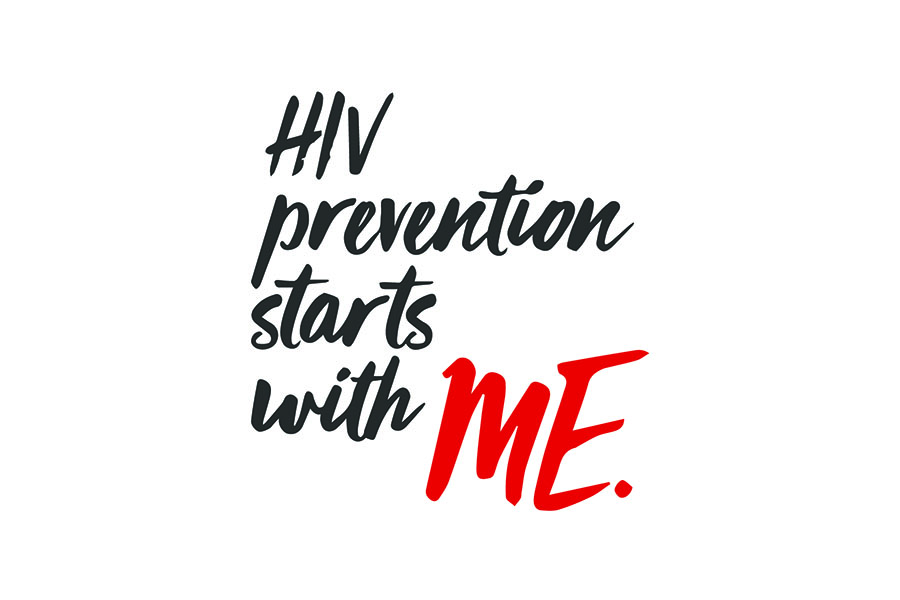HIV Prevention Starts With Me (and You)
We have seen tremendous improvements in HIV treatment and prevention over the past few decades. While we want to celebrate this progress, we also need to discuss how it can lead people to falsely believe that HIV is no longer a serious health issue. People across the country — including women — continue to get and transmit HIV regardless of age, race, ethnicity, and sexual orientation. In the United States, about one quarter of people living with HIV are women, and in 2016, women accounted for 1 in 5 HIV diagnoses. 
My message is simple: HIV is still a very real problem, but it is preventable.
On March 10, we observe National Women and Girls HIV/AIDS Awareness Day to shed light on the impact HIV and AIDS have on women and girls. It’s also a time to remember that every single one of us has a role to play in HIV prevention — women, men, health professionals, those who are HIV-negative, and those who are HIV-positive. There are simple steps we can take to protect ourselves, our partners, and our patients from HIV infection and transmission. Here’s how:
If you’re HIV-negative:
- Get a free, confidential HIV test. Visit gettested.cdc.gov to find a testing location. Make sure you know your partner’s status, too — before you have sex.
- Practice safe sex. Use condoms every time you have sex.
- Talk to your doctor about pre-exposure prophylaxis (PrEP) if you have an HIV-positive partner. PrEP is a daily pill that can reduce your risk of getting HIV from sex by more than 90%.
- Visit a doctor right away if you think you may have been exposed to HIV. The doctor may decide that you should get post-exposure prophylaxis, also known as PEP. PEP is an anti-HIV medicine that may lower your chances of getting HIV after you have been exposed to the virus.
If you’re HIV-positive:
- Take care of your health and visit your doctor regularly.
- Aim to achieve and maintain an undetectable viral load by taking your medication as prescribed and for at least 6 months. Having an undetectable viral load means that you are much less likely to transmit HIV to a partner.
- Educate your partner about PrEP and PEP, if they are HIV-negative.
If you’re a health care professional:
- Know the HIV screening recommendations and implement them, as appropriate.
- Talk to your patients about their HIV risk and how to practice safe sex.
- Know when to recommend PrEP and PEP to HIV-negative patients.
- Work closely with HIV-positive patients to encourage them to stay healthy and help them adhere to their treatment. Also, if they’re sexually active, educate them about PrEP and PEP.
I hope you’ll join us this National Women and Girls HIV/AIDS Awareness Day — and beyond — by taking steps to protect yourself and the people you love. We need you, because we all have a role to play in preventing HIV. Visit www.womenshealth.gov/nwghaad to get more ideas on what you can do to stop HIV and AIDS.

